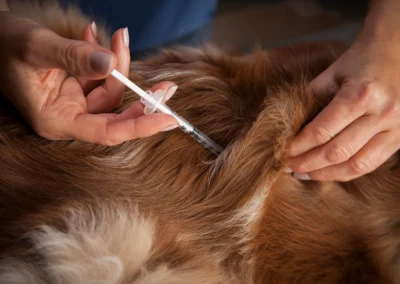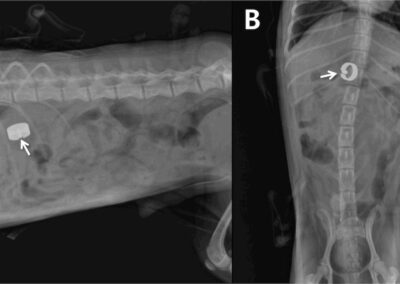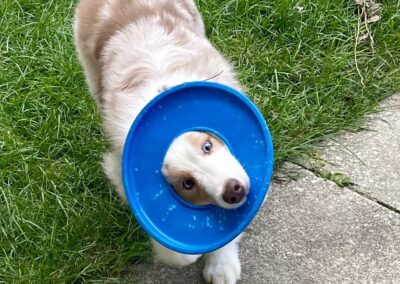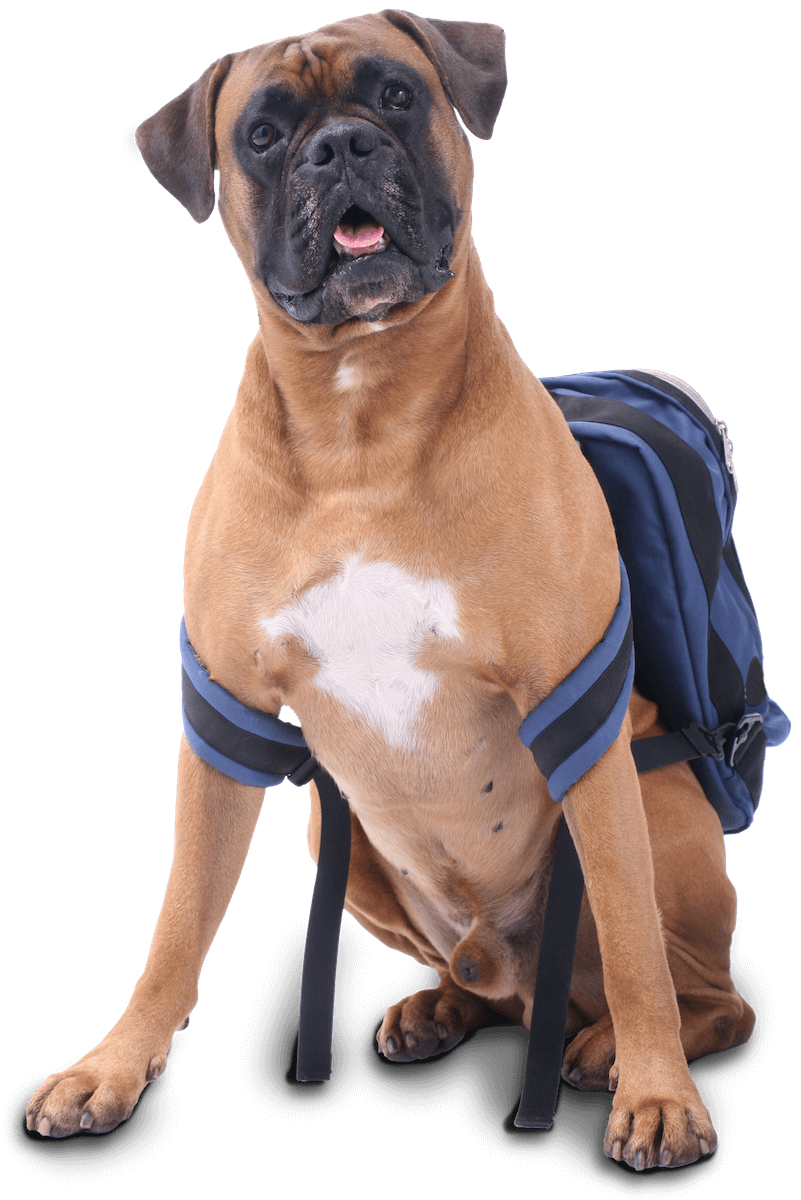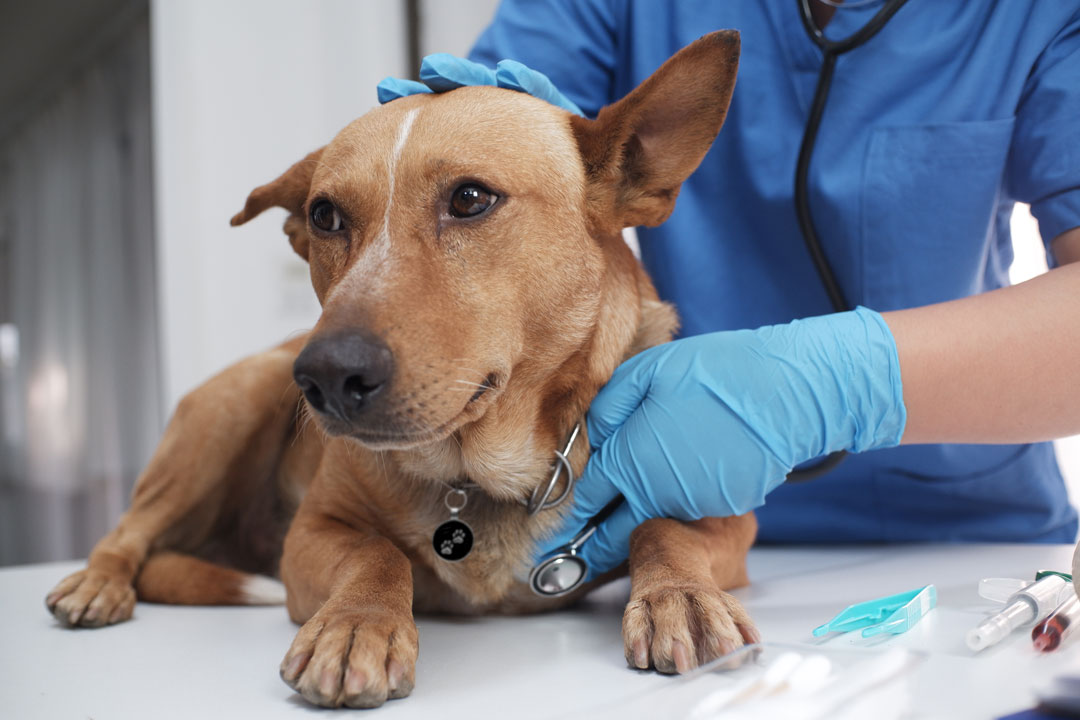
As a pet owner, recognizing signs of an emergency in your pet can make the difference between life and death. One of the most critical emergencies that require immediate attention is Gastric Dilation Volvulus (GDV), commonly known as bloat. GDV is a life-threatening condition that predominantly affects large and deep-chested dog breeds. Early identification and swift emergency care are crucial to ensuring a successful outcome.
What is Gastric Dilation Volvulus?
GDV occurs when a dog’s stomach fills with gas, food, or fluid and subsequently twists. This twisting traps the contents and cuts off blood supply to the stomach and other vital organs. The condition progresses rapidly and can lead to shock, tissue death, and ultimately, death, if not treated promptly.
Recognizing the Signs of GDV
Understanding and identifying the signs of GDV early is essential. Here are five critical signs to watch for:
Distended Abdomen: If your dog’s belly suddenly looks swollen or bloated and feels hard to the touch, it is a significant indicator of GDV. This distention is due to the accumulation of gas and can be visibly noticeable in breeds with a deep chest, such as Great Danes, German Shepherds, and Boxers.
Unproductive Retching: Dogs with GDV often attempt to vomit but produce little to nothing. You may see your dog retching or gagging without expelling any contents, which indicates the stomach is twisted, and the contents are trapped.
Restlessness and Agitation: A dog experiencing GDV may show signs of severe discomfort. They might be unable to settle, pacing continuously, or repeatedly getting up and lying down, trying to find relief from the pain and pressure in their abdomen.
Excessive Drooling: Dogs suffering from GDV often drool excessively due to nausea. If you notice an unusual amount of saliva around your dog’s mouth or on their bedding, it could be a warning sign.
Rapid Heart Rate and Weakness: As GDV progresses, it can lead to shock, evident through a rapid heart rate and general weakness. You might notice your dog’s pulse is quicker than normal, and they may appear lethargic, collapse, or have difficulty standing.
Emergency Response and Treatment
If you observe any of these signs, it is imperative to seek veterinary care immediately. GDV is a true emergency, and delays can be fatal. Upon arrival at the veterinary clinic, your pet will undergo a rapid assessment.
Treatment typically involves stabilizing the dog, decompressing the stomach to release trapped gases, and performing surgery to untwist the stomach and secure it to prevent recurrence (a procedure known as gastropexy).
Preventive Measures
While not all cases of GDV can be prevented, there are steps you can take to reduce the risk:
- Feed smaller, more frequent meals instead of one large meal.
- Avoid vigorous exercise immediately before and after eating.
- Use a slow feeder bowl to reduce gulping of food and air.
- Discuss preventive gastropexy with your veterinarian, especially if you own a high-risk breed.
Recognizing the early signs of Gastric Dilation Volvulus and acting swiftly can save your pet’s life. As pet owners, it is your responsibility to stay vigilant and informed about potential health risks. Should you notice any symptoms of GDV, do not hesitate—contact your veterinarian or an emergency animal hospital immediately.
Remember, the success of treatment depends heavily on early diagnosis and prompt intervention. Your quick response can make all the difference. Equip yourself with knowledge, observe your pet closely, and always err on the side of caution. In the face of GDV, every minute counts, and your proactive actions could be the key to your beloved pet’s survival.
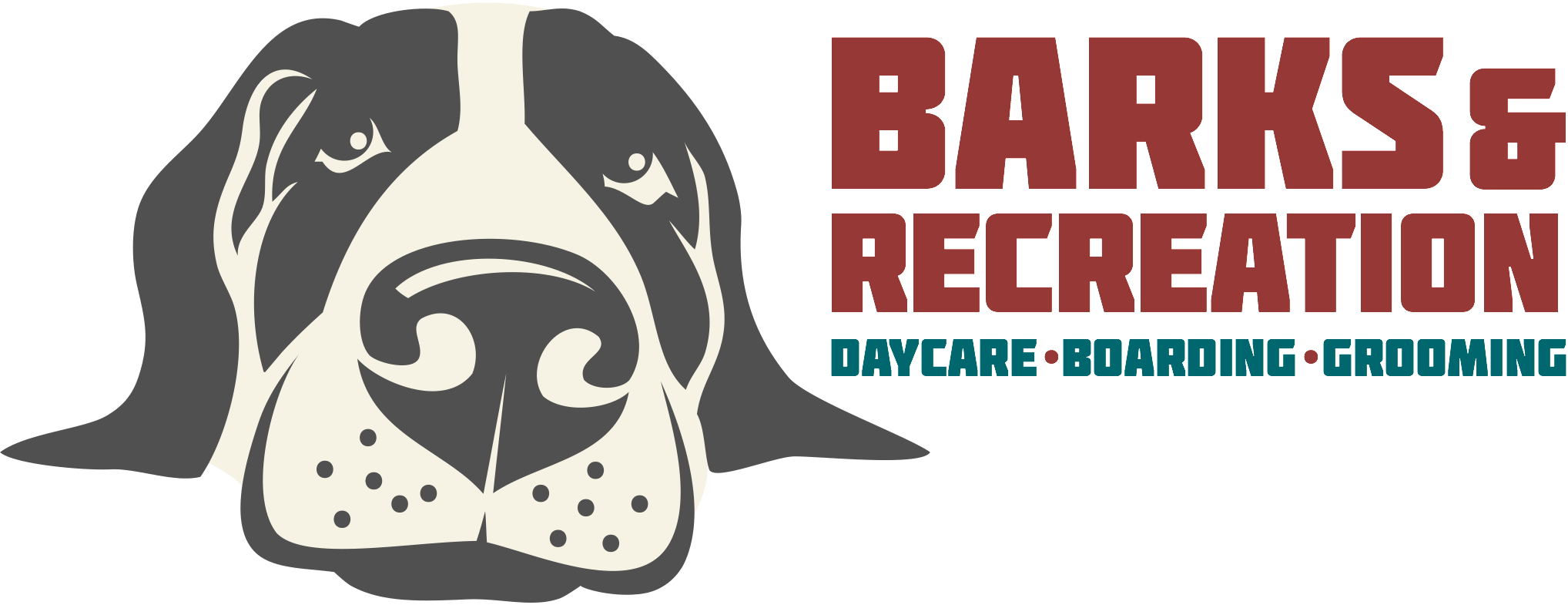
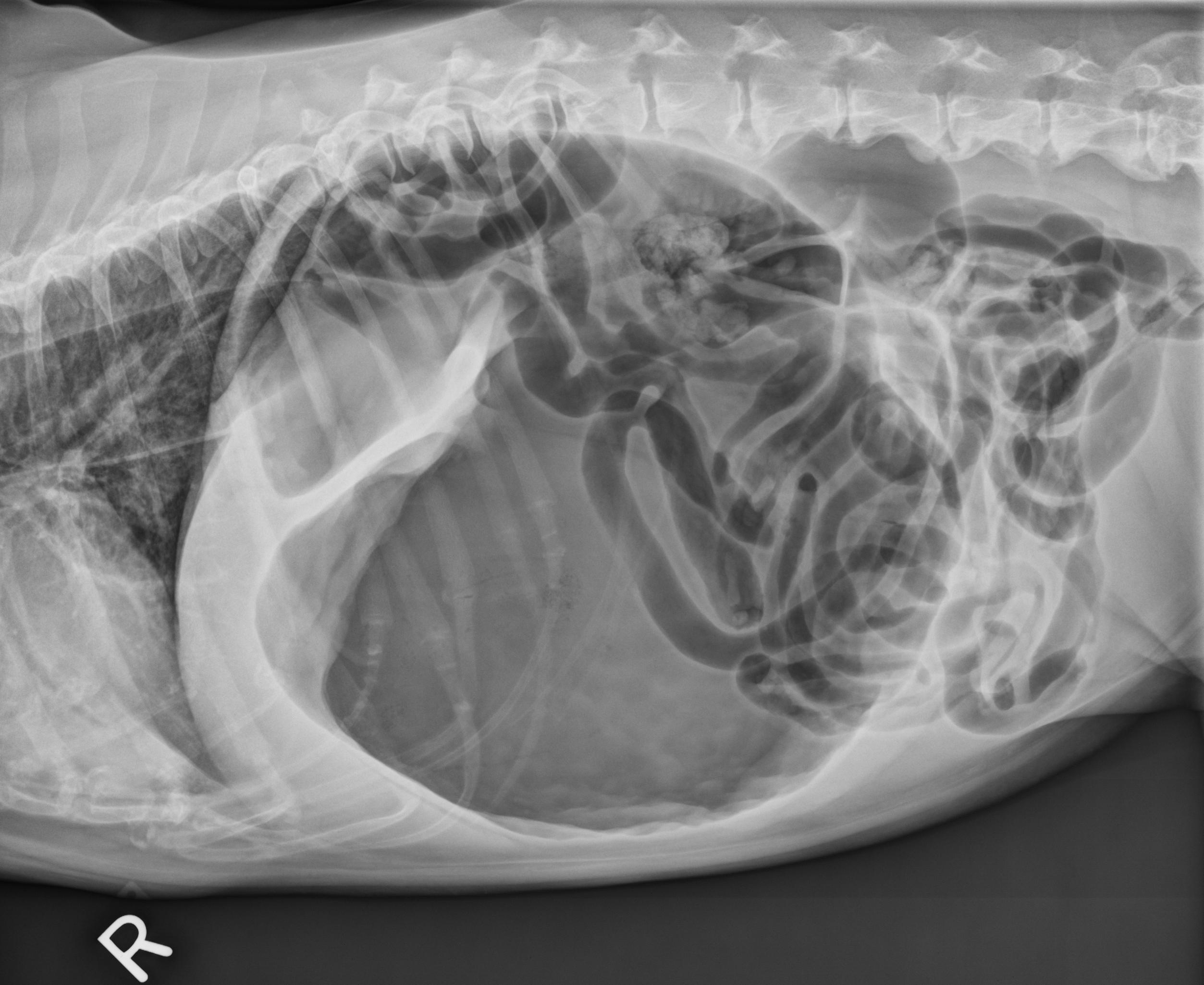
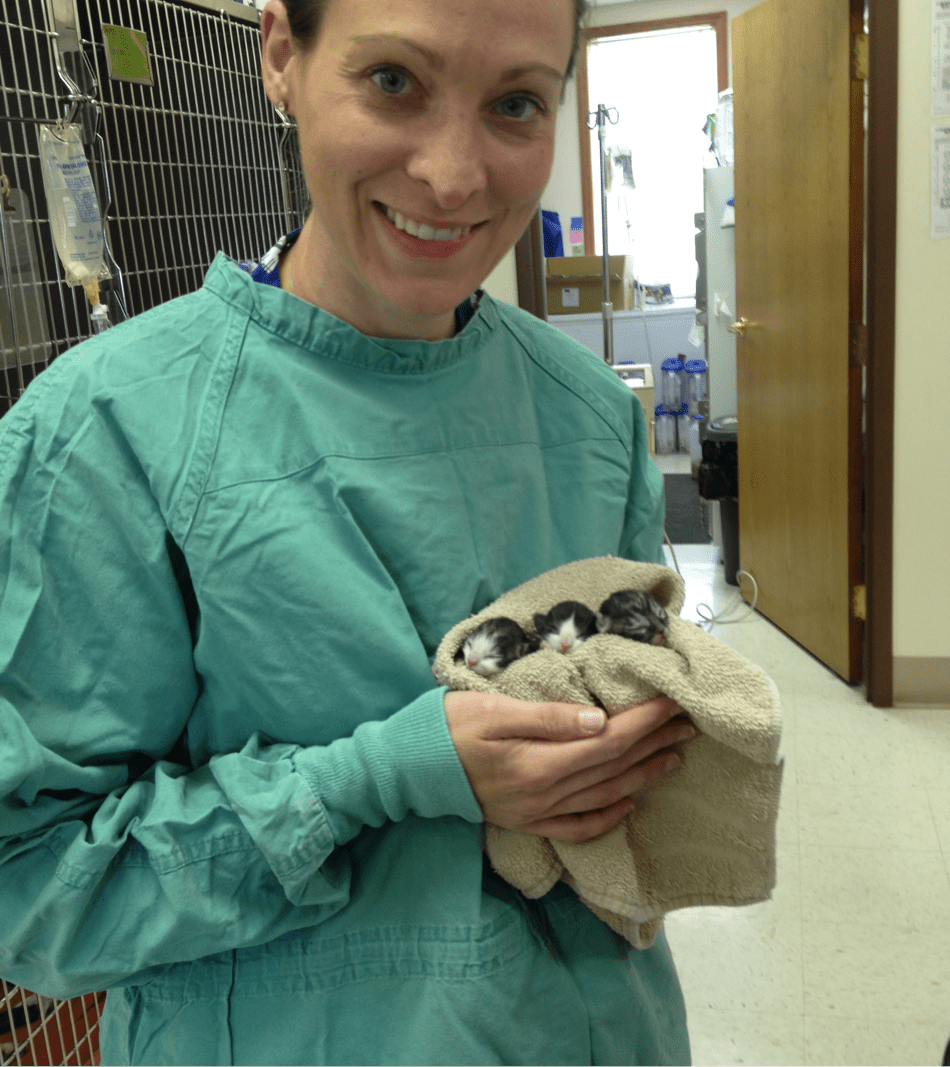 Barks & Recreation is proud to feature Dr. Eileen Savier CVA, CVCH as our Veterinary Blogger in our “From the Vet” Series — offering information related to the health and welfare of your furry family members! Currently part of the team of doctors at Keystone Veterinary Clinic, Dr. Savier is a 2012 Graduate of the Ross University School of Veterinary Medicine, She completed her clinical experience at The Ohio State University and after veterinary school she pursued further education and certification in Veterinary Acupuncture, Chinese Herbal Medicine, and Fear Free veterinary visits. Dr. Savier has a special interest in integrative medicine, animal behavior, and internal medicine and is committed to improving animal health care by integrating Eastern and Western philosophies. She enjoys working with fearful & aggressive dogs and cats and she has had additional training in low stress handling techniques and encourages positive reinforcement during exams and procedures. Her clinical interests include pain management, animal behavior, geriatric patient care, and internal medicine.
Barks & Recreation is proud to feature Dr. Eileen Savier CVA, CVCH as our Veterinary Blogger in our “From the Vet” Series — offering information related to the health and welfare of your furry family members! Currently part of the team of doctors at Keystone Veterinary Clinic, Dr. Savier is a 2012 Graduate of the Ross University School of Veterinary Medicine, She completed her clinical experience at The Ohio State University and after veterinary school she pursued further education and certification in Veterinary Acupuncture, Chinese Herbal Medicine, and Fear Free veterinary visits. Dr. Savier has a special interest in integrative medicine, animal behavior, and internal medicine and is committed to improving animal health care by integrating Eastern and Western philosophies. She enjoys working with fearful & aggressive dogs and cats and she has had additional training in low stress handling techniques and encourages positive reinforcement during exams and procedures. Her clinical interests include pain management, animal behavior, geriatric patient care, and internal medicine. Dr. Savier shares her home with two (soon to be three) dogs, two cats, and a toddler. She lovingly refers to her two dogs as Coconut Retrievers as they were rescue dogs she brought home from the island of St. Kitts. In her free time she enjoys spending time with her family, going to the beach, and planning her next Disney vacation.
Dr. Savier shares her home with two (soon to be three) dogs, two cats, and a toddler. She lovingly refers to her two dogs as Coconut Retrievers as they were rescue dogs she brought home from the island of St. Kitts. In her free time she enjoys spending time with her family, going to the beach, and planning her next Disney vacation.